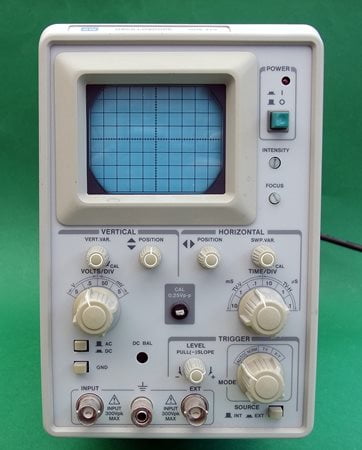There are so many things not yet explored and known to all due to the advancement of technology. Technology has brought so many changes in the devices we use and the effort used. However, it will be unfair to ignore and forget the original invention and idea that was there and was not made possible due to poor technology. In the past inventions were limited and bond by technology but this has changed over the years.
People have embraced technology in positive terms but on the other hand, kept the culture alive with museums to keep and preserve the vintage and the analogue equipment. Before the technology revolution era, it was expensive and tiresome to work with technology.
Although it had eased the way of life, there were some difficulties experienced such as the cost and the knowledge to run them. The analogue technology paved way to digital technology that has so many benefits and is ever changing and getting better and more advanced, day after day. One of the major breakthroughs in physics was the invention of an oscilloscope to detect and record frequencies. Even to date, the oscilloscope is an important instrument in physics.

Below are some things you should know about analogue oscilloscope:
- They use a cathode ray tube. The analogue oscilloscope uses cathode ray tube to transmit and display data. The cathode ray tubes are very big and often so inconvenient to carry around or display. On the other hand, digital oscilloscope uses a light emitting diode to display. This means that the display is clearer and more colored. The display can be shrunk to any size and still be very clear. The analogue instrument cannot be shrunk to small size. The display is large and inconvenient to work with as they are not clear. This is because of the cathode ray tube mechanism compared to the LED type.
- They only save the image. The analogue instruments use the mechanism of saving the image being displayed to be analyzed for later. This means that ones you start the machine it will be convenient that you complete the project and record the data seen then as it cannot be stored for long. The picture can be helpful but no signal is stored unlike the case with digital oscilloscopes. The digital oscilloscopes record the signal and frequencies and store them for later analysis.
- They are slow compared to the digital oscilloscope. The speed of the analogue instrument can be a limiting factor in the working and analysis of signals and frequencies. The speed is slow because of the processors used. They are large and slow and overheat very fast due to the cathode ray technology. The digital oscilloscopes have high processing processors that enable fast speed and analysis of the signals and frequencies.
Despite the limitations and disadvantages, it is important that you keep in mind that the analogue instruments can recognize all type of signals and frequencies. They can detect all signals whether low or high and they are not easy to hack into. They are the best option in case the digital instruments fail.






